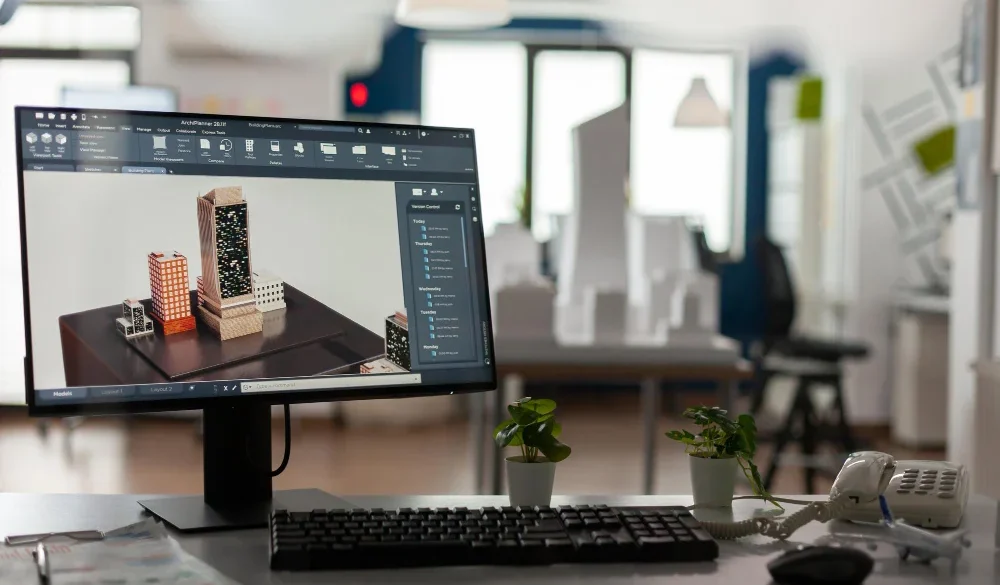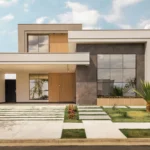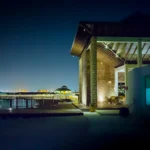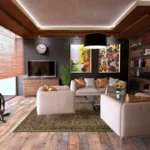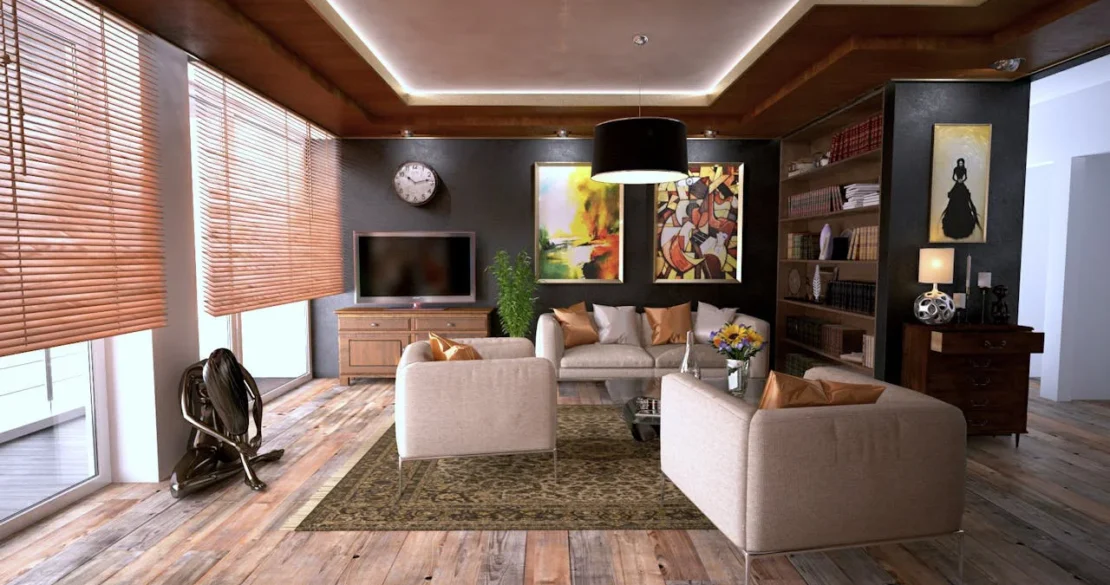In the face of climate change and environmental degradation, sustainable design has emerged as a pivotal element in modern architecture. This approach not only minimizes negative environmental impacts but also enhances the quality of life for occupants.
Key Principles of Sustainable Design:
- Energy Efficiency: Implementing passive design strategies, such as optimizing building orientation to harness natural light and ventilation, reduces reliance on artificial lighting and HVAC systems. For instance, large south-facing windows can significantly decrease the need for artificial lighting and heating. cromwell.com
- Material Selection: Choosing eco-friendly materials, like reclaimed wood or recycled metal, reduces the carbon footprint associated with new material production.
- Water Conservation: Incorporating systems that reduce water usage, such as low-flow fixtures and rainwater harvesting, contributes to sustainable water management. gsa.gov
- Indoor Environmental Quality: Designing for ample natural light and using non-toxic materials improves indoor air quality and occupant well-being. gsa.gov
Benefits of Sustainable Architecture:
- Environmental Impact: Reduces resource consumption and greenhouse gas emissions, contributing to global sustainability efforts.
- Economic Advantages: Energy-efficient buildings often result in lower operational costs over time.
- Social Benefits: Enhances occupant health and productivity through improved indoor environments.
Case Study: Bosco Verticale, Milan
The Bosco Verticale (Vertical Forest) in Milan exemplifies sustainable architecture by integrating vegetation into high-rise buildings, improving air quality, and enhancing biodiversity within urban settings. en.wikipedia.org
Incorporating sustainable design principles is not merely a trend but a necessity in modern architecture, leading to resilient and thriving built environments.
